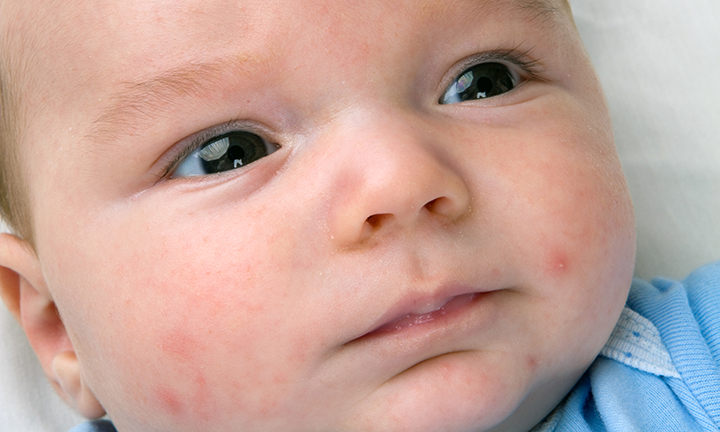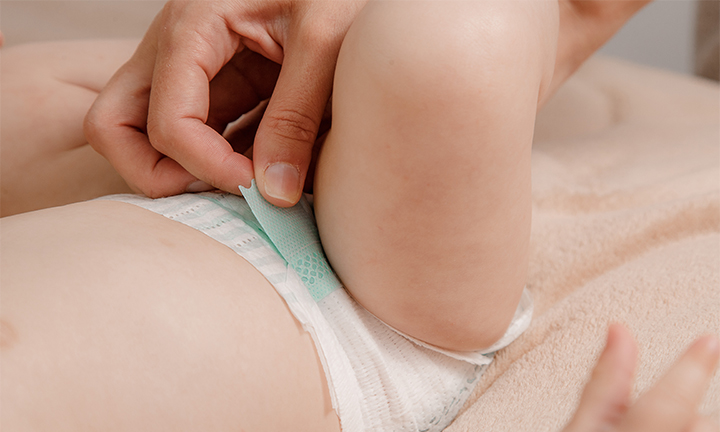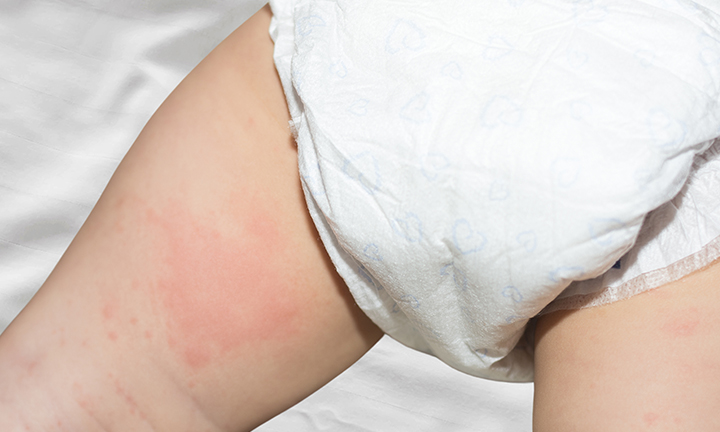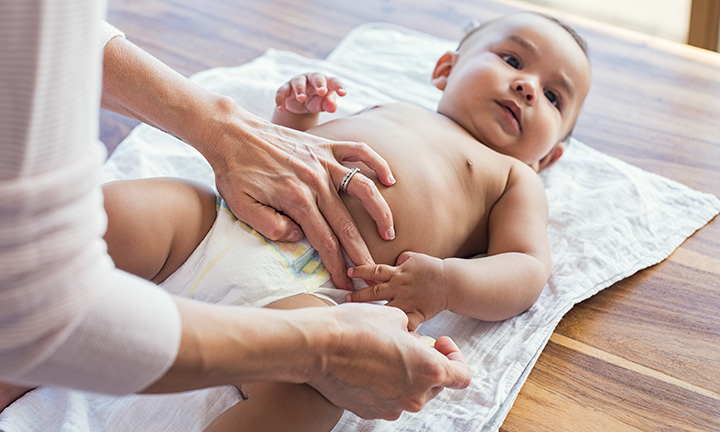
All About Ringworm in Babies and Children
You might have heard about ringworm before, but don’t let the name mislead you – it has nothing to with worms. The name refers to the ring-shaped rash caused by a fungal infection.
Read on to learn what ringworm is, what ringworm looks like, what treatments are available and how you can try to prevent your baby or toddler from getting ringworm in the first place.
What Is Ringworm?
Ringworm is a common fungal skin infection that can happen to anybody – not just babies and toddlers – although it is more common in children than in adults.
It’s infectious, spreading easily through direct contact with infected people, animals or surfaces.
In fact, you may be more familiar with ringworm than you think. It can appear anywhere on the body, including between the toes (athlete’s foot), the scalp (tinea capitis) and the groin (when it’s also known as ‘jock itch’).
What are the Symptoms of Ringworm?
The main ringworm symptom is a rash. The rash is usually shaped like a ring, which is where the infection gets its name from, but not always – when it appears on the face, neck or scalp it can look different, for example it could be blotchy.
The colour of the rash depends on your baby’s skin tone, but is usually red, silver or darker than the surrounding skin.
The ringworm rash can be dry, scaly, swollen or itchy, and in some cases it can grow or spread. Keep in mind that hair may be lost if the ringworm rash is on the scalp. In some severe cases the infection can cause scarring and permanent hair loss.
If you’re not sure whether your child’s rash is caused by ringworm or another skin condition such as eczema, see your child’s doctor for a firm diagnosis.
How Does a Baby Get Ringworm?
Ringworm can spread to babies and toddlers in three different ways:
How Do You Treat Ringworm in Babies?
If the ringworm is on your child’s scalp, your baby’s doctor will probably need to prescribe ringworm treatments such as an oral antifungal medicine and/or special shampoo.
In most other cases, your local pharmacist can recommend an antifungal medicine – such as a cream, gel or spray – that’s suitable for your baby or toddler. It’s important to use the medicine for as long as the instructions (or your pharmacist say), even if the rash goes away earlier.
Typically, this may involve applying the antifungal ringworm treatment daily for two or more weeks.
Other members of the household may also need to get treatment. While the infection is still circulating in your home, take preventive measures such as making sure that items like combs, hats, and towels aren’t shared. This can prevent the fungal infection associated with ringworm from spreading amongst members of your household.
It’s important to try and discourage or prevent your child from scratching the ringworm rash, as this may spread the infection to other parts of the body.
When to See the Doctor
Although ringworm can usually be treated at home with over-the-counter medicines, see your child’s doctor if
Can Ringworm Go Away on its Own?
No. It’s important to start ringworm treatment as soon as possible, to stop the skin rash getting more serious and/or spreading to other parts of the body. Early treatment also helps lower the risk of infecting other people. The good news is that ringworm is easy to treat, often just with over-the-counter creams or gels.
How Can Ringworm Be Prevented?
Ringworm can be prevented through simple measures including:
Should You Keep Your Child at Home with Ringworm?
If your baby or older child attends daycare or nursery school, it’s usually OK to take him or her once ringworm treatment with an anti-fungal cream has started. Still, it’s important to notify the institution concerned and check their policy before deciding.
The Big Picture
Ringworm is a completely treatable condition. It’s best to catch it early before it spreads to other parts of your baby’s body or another member of the family. With plenty of TLC and the treatment recommended or prescribed by a pharmacist or doctor, your baby or toddler will heal from this infection. Before long you’ll be able to plant kisses on your little one’s adorably soft and smooth skin once again.
The information in this article is based on the expert advice found in trusted medical and government sources, such as the National Health Service (NHS). You can find a full list of sources used for this article below. The content on this page should not replace professional medical advice. Always consult medical professionals for full diagnosis and treatment.
Read more about Newborn Baby
Related Articles
Join Pampers Club and get:













